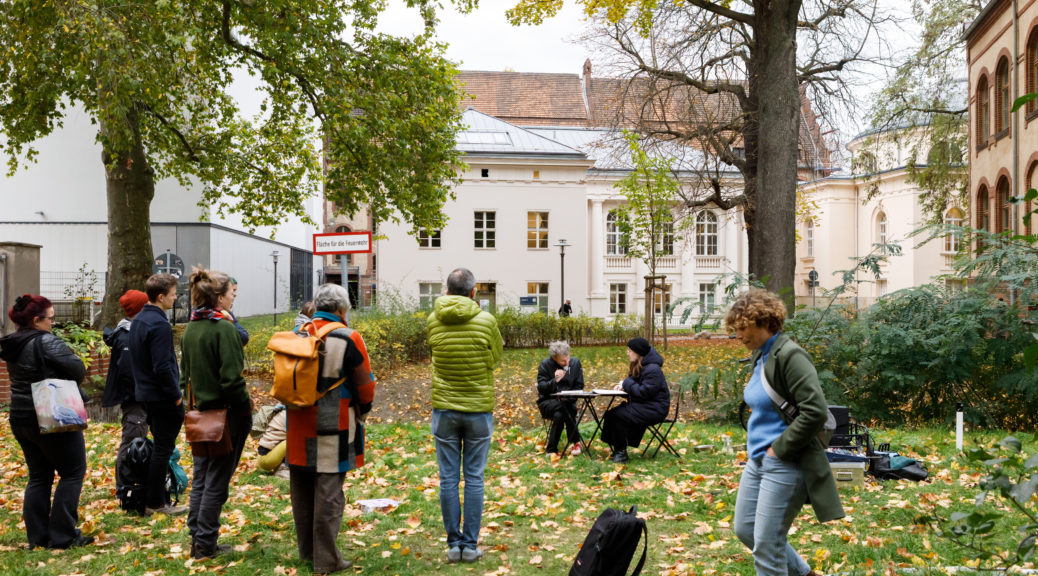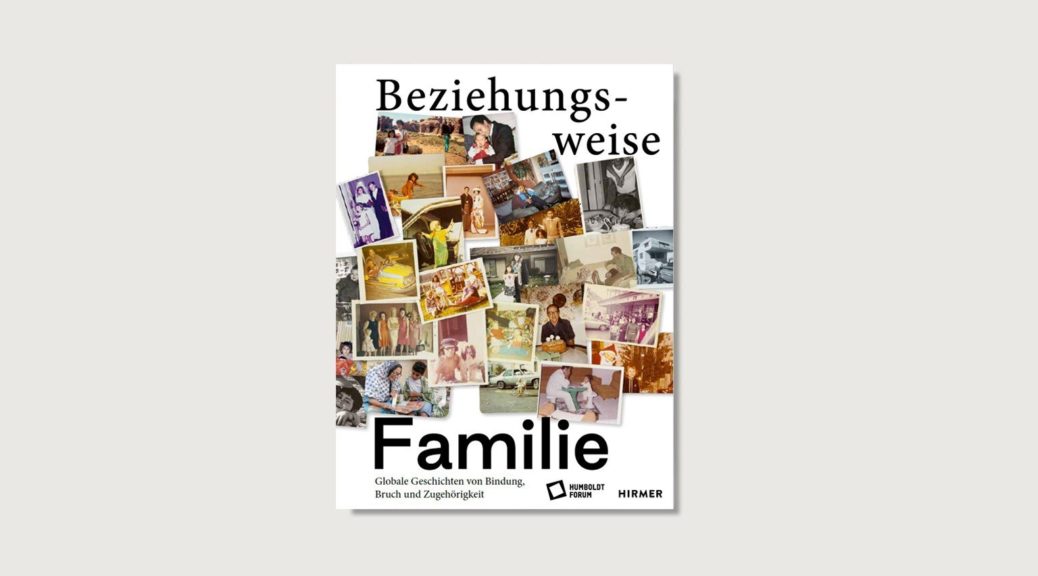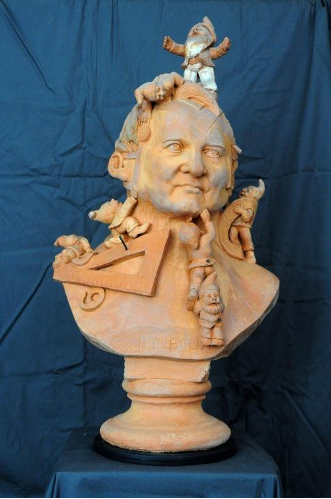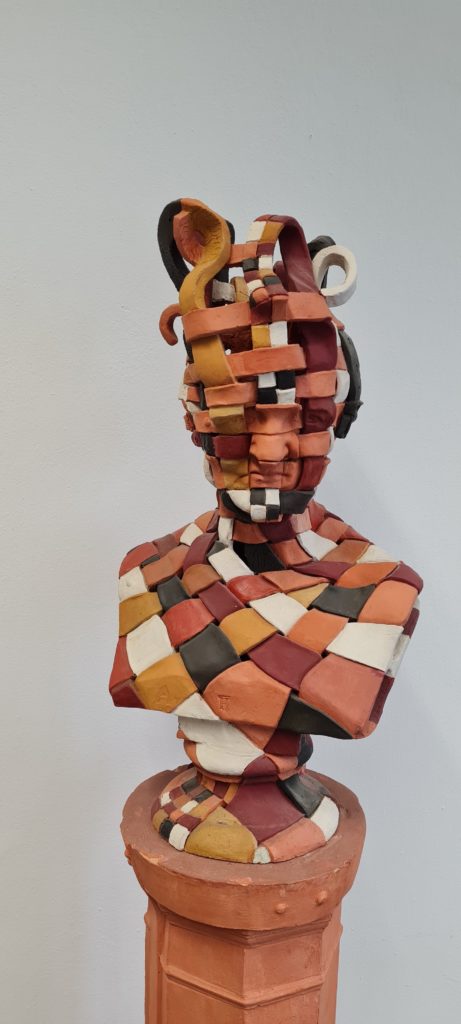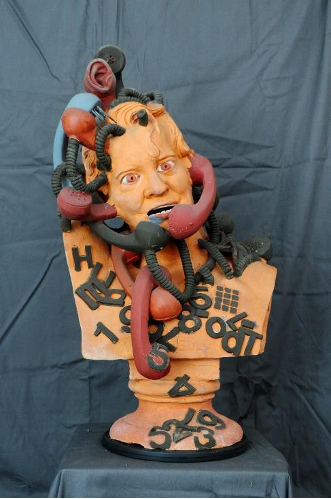Interview with Jayun Choi, Brown University
Jayun Choi spent her fall semester 2025 at Humboldt-Universität completing an internship at the Office for Public Engagement and Knowledge Exchange with Society at the Center for Cultural Techniques. She supported university-wide programs for public engagement and helped organize the Fluid Interdisciplinarities Festival. In the interview, she shares her impressions of supporting the exchange between science and society.
What is one insight that you got about the topic of Public Engagement at a university, about how an exchange between science and society may work?
One key insight for me is that public engagement is not primarily about delivering science or translating academic knowledge to the public, but about creating spaces for mutual exchange where people can participate, question, and contribute. This became especially clear during Berlin Science Week, where Irina Demina, the choreographer-in-residence of the Centre for Cultural Techniques, opened her research on the intersection of folk dance and artificial intelligence. Rather than explaining her work in abstract terms, she invited the audience to experience her research through movement, encouraging people to ask questions and reflect on how embodied practice can function as a form of research. This experience highlighted for me how effective public engagement operates as a process of shared inquiry, where science and society meet through lived experience, curiosity, and exchange.
What was a project within your internship that you found most meaningful? Why?
One of the most meaningful projects during my internship was working on the public communication of research and artistic programs through social media and festival materials. In creating content for initiatives such as Berlin Science Week, Open Humboldt Freiräume funding program or the Dance Artist in Residence programme, I focused on making complex research and artistic practices available for wider audiences. This process sharpened my understanding of research and science communication as an act of framing where editorial choices shape how institutions represent knowledge in the public sphere. I also came to see how universities build trust, visibility, and engagement through the intentional communicative decisions that connect scholarship and the public.
Within the Fluid Interdisciplinarities Festival, what was the part of the event that best brought together research, art and society for you?
Within the Fluid Interdisciplinarities Festival, Party of the Panke stood out to me the most as the moment where research, art, and society most visibly converged. As an open event with multiple participatory stations, it offered different ways of engaging with rivers, including archival mapping, guided participatory walks or a movement-based workshop. Rather than presenting research as something to be observed or explained, each station invited participants to relate to the river directly through artistic and embodied methods. This made one’s participation feel like a form of knowledge-making rather than an audience reception. It showed me that research can enter public space by diversifying its modes of encounter, enabling science, art, and society to meet through shared experience rather than one-directional presentation.
During your internship, did you encounter a topic, an idea, a spark that will stay with you or that you will take away for your future research or work?
During my internship, learning about the various approached to research on Water by Berlin-based scientists became a lasting spark that reshaped how I understand environmental policy and governance. Engagement with the Fluid Interdisciplinarities Festival played an important role in shaping this perspective, leading me to explore related water-focused initiatives across Humboldt-Universität and the Berlin University Alliance. This insight was further reinforced through water-related research in the “On Water. WasserWissen in Berlin” exhibition at the Humboldt Labor. Encountering projects on urban rivers, water infrastructure or climate adaptation led me to pay closer attention to how water governance becomes visible to the public. As a student concentrating in International and Public Affairs and on East Asian Studies, this led me to develop a more focused comparative research interest in how urban water governance is framed and shared with the public through public-facing projects across different historical and institutional contexts. This interest emerged through my internship and is something I would like to pursue further in my future research.
The interview and internship supervision were led by Xenia Muth, Office for Public Engagement Knowledge Exchange with Society. For a current internship opportunity in Public Engagement and Knowledge Exchange with Society see the Humboldt Internship Program.
